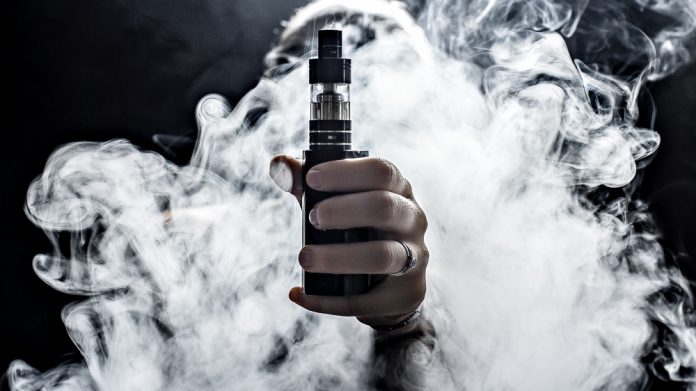Misinformation, over-reaction and poor public policy about vaping has pushed more people to conventional cigarettes and has had unintended negative consequences on public health.
Policymakers tend to react more to the public outcry of misinformed constituents than they do actual science, and as a result, cities, states and the federal government have rushed to push through anti-vaping legislation in response to a nonexistent epidemic, in a misguided attempt to take what is a less harmful alternative to cigarettes off the market.
Much of the over-reaction was in response to two things: An outbreak of lung-related illnesses and deaths, and concern over teens vaping. The lung-related illnesses and deaths grabbed headlines in every newspaper, leading people to incorrectly believe that vaping was putting people into the hospital. In fact, it was proven that the cause of the illnesses was not vaping conventional e-cigarettes, but rather, it was caused by vaping illegal or bootleg substances, mostly THC, which used vitamin E acetate as a carrier oil. Commercial, store-bought vaping pens and other vaping devices are not the cause. Commercial vaping liquids do not use vitamin E acetate.
Legislators and parents are rightly concerned about teen vaping, as they should be. Similarly, concerns over teen smoking, teen alcohol use and teen drug use are rightly in every parent’s mind. However, statistics showing it to be an epidemic are misleading. Those alarming statistics show that about 28 percent of high school students used e-cigarettes within the past month. And were those statistics to be legitimate, it would truly be cause for alarm. However, the study was based on “current use,” which means that it includes any teen who used an e-cigarette at least once within a 30 day period – even if they took only a single puff of one at a party. Teens do tend to be experimental – and a single puff does not make a regular user. More detailed studies which dive into frequency show that in fact, most middle and high school students neither vape nor smoke on a regular basis.
Vaping is an age-restricted product, just like alcohol and tobacco, and states have taken strict measures already to prevent purchase by teens, and they work just as well as similar age-restrictions against teens purchasing tobacco and alcohol. Those age restrictions, along with measures like keeping vape products in a separate age-restricted area of a shop, are the best approach. Online retailers too, have taken strict age verification measures, including collecting the purchaser’s date of birth. For example, Vapor Authority, a leading online retailer, has joined other online retailers in going beyond the legal requirements to use a trusted and highly effective third-party age verification system.
Unlike vaping, smoking cigarettes has long been scientifically proven to be harmful to one’s health.
Age restrictions, along with information campaigns that include facts based in science, are an appropriate response. But over-reaction, Prohibition campaigns and misguided flavor bans that limit choices of adult users have an unintended consequence: If people move away from vaping, they will smoke combustible cigarettes, which are far more dangerous. Studies have shown that higher taxes on e-cigarettes, along with flavor bans, only result in higher rates of smoking within the adult population. Full Prohibition of vaping would have an even more negative impact, as it would take away what has been shown to be one of the most effective smoking cessation tools on the market. While nicotine patches and other nicotine replacement therapies have very high failure rates, those who switch from smoking to vaping are much more easily able to quit smoking entirely.
By pushing false information and draconian legislation, we as a society are doing more harm than good by attempting to take a product which, according to proven science, is significantly less harmful than cigarettes, off the market.








